As seen in our 2023 EOY Newsletter: Click Here
Corey Zeller, MSEA, CPC, QPA, QKA
When an employee leaves their employer, they may have a balance in their employer’s 401(k) plan, profit sharing plan, or other qualified retirement plan. In general, they would have the right to take their money out of the plan upon separation of employment, but in most cases they also have the right to leave their money in the plan.
Sometimes the amount left behind will be small, particularly if the employee was not a participant in the plan for a long time. To avoid accumulating a large number of small balances, plans are allowed to “force out” the accounts of former employees with vested balances below a certain dollar threshold, meaning that these small balances can be distributed without the participant’s consent. When force outs were first added to the law, the limit was $3,500. It was increased to $5,000 by the Taxpayer Relief Act of 1997, and most recently it was increased to $7,000 by SECURE 2.0, effective starting in 2024.
The increase in the force out limit is advantageous for plans that prefer to force out former employees with small balances, since it will allow more former employees to be forced out. In order to take advantage of the change, the plan document must be amended to reflect the increased force out limit. In most cases, if the plan document already had the $5,000 force out limit prior to 2024, it would be automatically increased to $7,000 starting in 2024. However, if the plan had a lower force out limit, or did not allow force outs, then an explicit amendment would be needed.
This change is also welcome news for plans that are subject to Qualified Joint & Survivor Annuity (QJSA) rules. This includes all defined benefit plans and money purchase plans, as well as certain profit sharing plans and 401(k) plans. Amounts less than the force out limit may be distributed to the participant in a single sum without spousal consent.
In addition, the force out dollar limit is used to determine whether a distribution from a defined benefit plan would be restricted by the plan’s funded status. This includes both the AFTAP-based restrictions of IRC sec. 436 as well as the “110% rule” of Treas. Reg. 1.401(a)(4)-5(b).
It’s important to note that if a plan provides for force outs, they are not considered to be optional. The plan document language that has been approved by the IRS says that former employees with a vested balance less than the limit “will” be forced out. In the past, the IRS has ruled that a failure to consistently apply a plan’s force out provisions will result in those provisions being treated as invalid. Thus, the plan could lose its ability to force out former employees entirely. Therefore, it’s important to regularly force out former employees. It’s not just to keep the plan accounts clean, it’s also for compliance.
